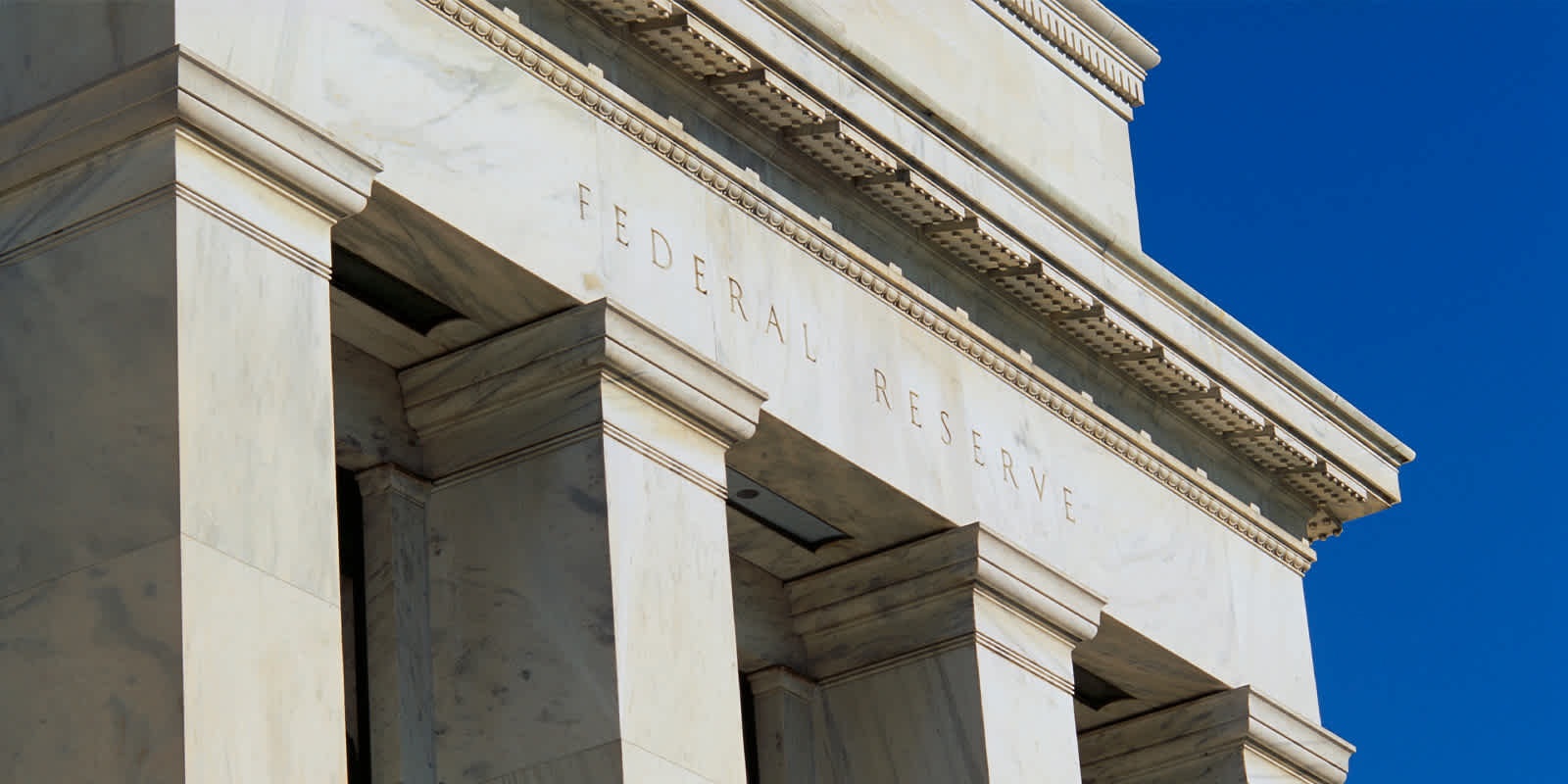
July 13, 2021
Economic Outlook: Week of July 12, 2021
Economic Outlook: Week of July 12, 2021
Every week, Flexport Chief Economist Phil Levy offers a quick analysis of relevant public data for the global trade community.
See what the latest indices reveal and keep up with the facts and figures that could impact your business.
Here’s the chart for the week of July 12, 2021.
This week, it's the 10 Year US Bond Rates and Inflation Expectations.

Source: St. Louis Fed FRED.
The interest rate on the 10-year US Treasury Bond is a key benchmark for financial markets. Beyond its financial importance, the rate is often taken as a barometer of sentiment about the broader economy.
This past week a strong rally in the Treasury bond market continued (when bond prices go up, yields/interest rates go down). At one point on Thursday, the yield on the 10-year Treasury had dropped to 1.25%, from its peak close of 1.74% on March 19.
That’s a drop of almost 50 basis points (hundredths of a percentage point) in a fairly short time period.
There is no single reason why bond markets (or other financial markets) move, but there are some usual suspects. Treasury yields can fall when there are fewer worries about inflation, when expectations for economic growth decline, or when investors are looking for a safe haven for their money and moving funds from stocks to bonds. Of course, these are not mutually exclusive.
The chart tries to help parse out these explanations for bond market moves and put recent developments in broader perspective. It gives 3 years of closing values for the 10-year Treasury (aka “nominal,” in red).
It also gives the yield for a different type of 10-year bond that compensates investors for inflation—referred to as “real interest rates” and denoted by the blue line. The difference between the yields on the two bonds is the expected average inflation rate over 10 years—the green line.
The 10-year Treasury yield drop in rates that accompanied the Covid-19 shock in Spring 2020 was an acceleration of a trend that had been occurring for over a year before, as rates dropped from 3.24% in November 2018 to roughly 1.00% in the beginning of March 2020.
During that time, inflation expectations fell somewhat, from 2.07% to about 1.45%. When nominal rates fall more than inflation expectations, that’s a drop in real interest rates. Those fell from a high of 1.17% and kept dropping through last summer, subsequently hovering around -1.00%. That fall in real interest rates generally shows pessimism about growth.
Starting last summer, first inflation expectations and then nominal interest rates followed—a measure of optimism. This continued through March, ultimately lifting real rates as well. Since then, the optimism in the bond market seems to have receded, with each of the three measures falling notably. Whether this is an alarm about darkening prospects or unjustified pessimism remains to be seen.





